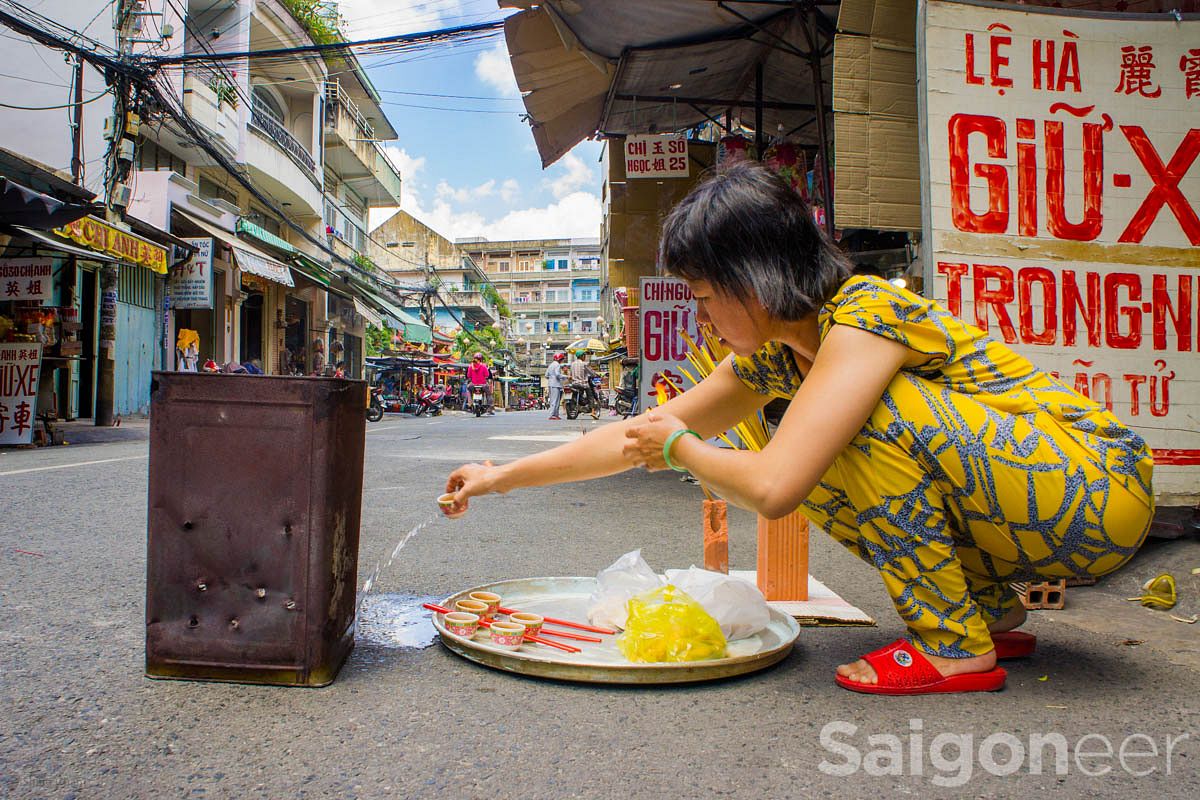Here’s a look at the early days of Caodaism, based on the writings of a French educated Vietnamese during the colonial period. This is all that is known about the author who was deported from Indochina for writing anti-French and anti-Japanese articles.
According to the document, General view of Caodaism in Indochina, the hybrid religion was born when a group of Indochinese officials and intellectuals conjured spirits through table turning. The self-claimed "master of universe" then appeared and guided them to a new religion that would provide “salvation for Indochinese population from their present misfortunes and the unification of all the faiths into one religion which was henceforth called CAO-DAI.”
The creation of Caodaism also coincided with the peak of Annamite nationalism in Cochinchina that sought to undermine French colonial authorities. The environment proved to be an ideal incubator for the manifestation of this “neo-Buddhist” religion that claimed to seek aid from “God” for social and political issues.

Caodaism acknowledges its single Master, God, reincarnated in different countries and times in the bodies of Jesus, Buddha, Confucius, Mencius, etc. Persons of genius were his lieutenants sent to earth.
Its symbol is an eye with rays of light shining out among clouds and the images of Jesus Christ, Buddha, Confucius and Quan Cong, a Chinese warrior.
Caodaism is organized into two main bodies: a legislative body that enacts religious laws as instructed by God through an instrument called “co,” relatively similar to the practice of ouja, and the executive body.
Worshipping rituals mimic Chinese Laotuism wherein followers pray three times a day in front of the Master’s altar.

Under its first “Pope,” Le Van Trung, Caodaism started in Saigon’s Cau Kho neighborhood before being concentrated in Tay Ninh, which has acted as its holy land ever since. The area is home to the religion’s primary temple called the “Holy See.” Caodaism quickly attracted not only many followers, but also attention from the Indochinese Government and the Catholic Church.


Le Van Trung died in 1936 and Pham Cong Tac, among other leading members (such as Nguyen Ngoc Tuong, Le Kim Ty and Huyen Tho who were heads of Caodaism in other regions in Chochichina), took over control as “interim pope.” This act was considered a betrayal by other leading members who tried to claim the “Holy See” but failed. The conflict caused splits within the religion and the delayed construction of the “Holy See” that would not open until 1955 after many hiatuses due to financial and political problems.

Today, the “Holy See” is known by the name “Toa Thanh Tay Ninh” and operates as the headquarters of Caodaism.















